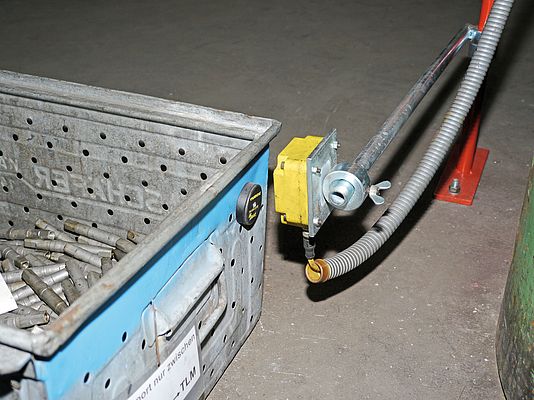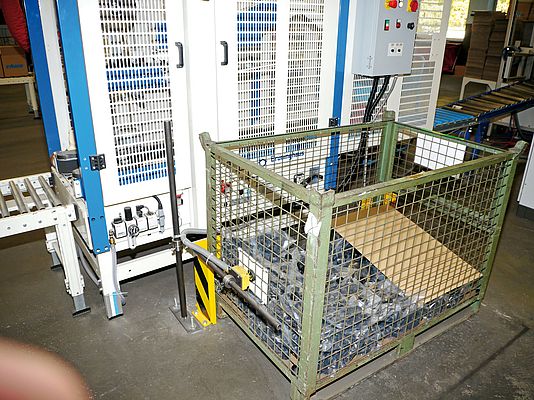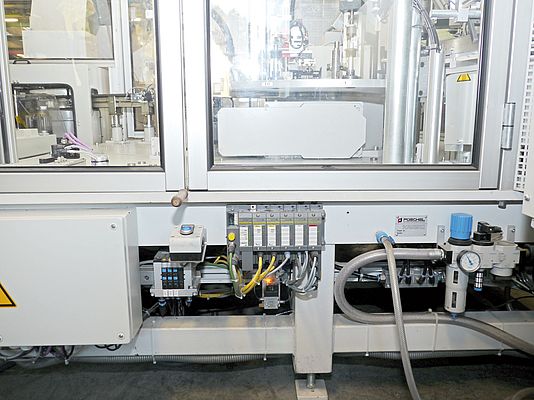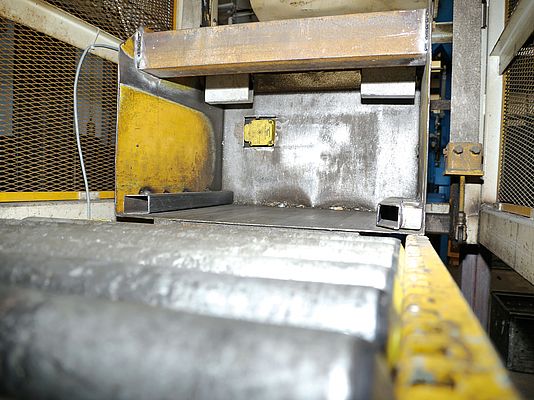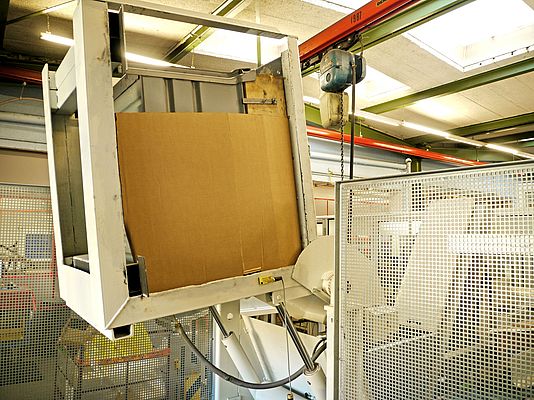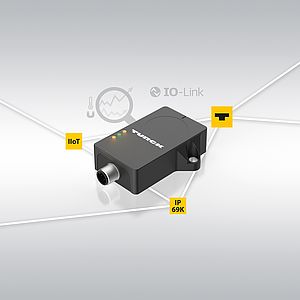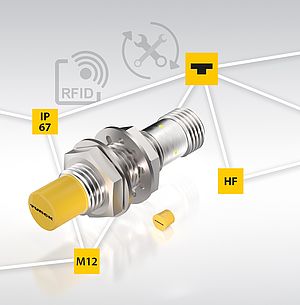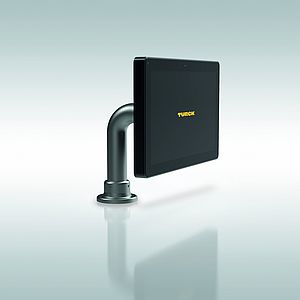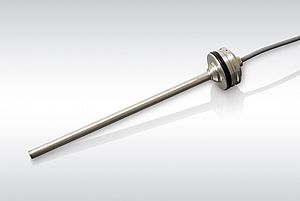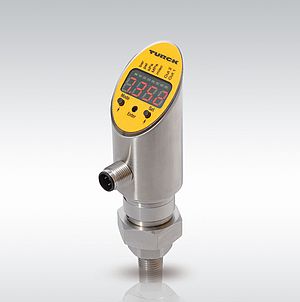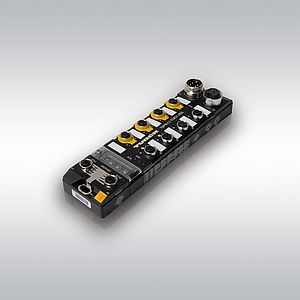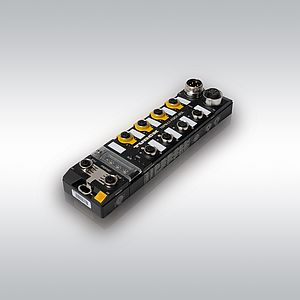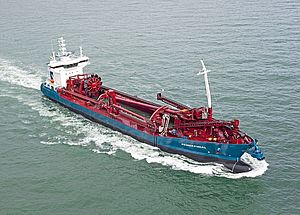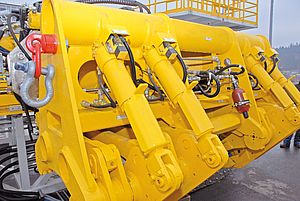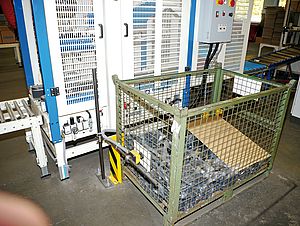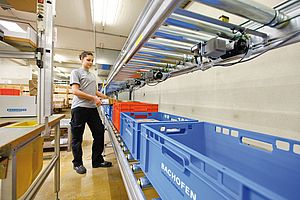Alfred Thun GmbH & Co. KG from Ennepetal is one of eight manufacturers of bicycle bottom brackets worldwide. With the help of system integrator Weingärtner Automatisierung and Turcks RFID components Thun optimized large areas of its production processes and made them retraceable and transparent.
"If we want to produce results with reliability and repeatability, we need to implement an automated system with RFID that requires little operator involvement," explains Heinz Ehmann, EDV manager and controller at Alfred Thun GmbH & Co. KG in Ennepetal. During the 43 years Ehmann has worked for the traditional family company, he witnessed a few attempts to install a manual batch and production surveillance system. Because of the high effort of manual solutions this was never a viable option. Today, RFID technology allows a new opportunity to implement an automated and transparent production chain and batch surveillance system. With a solution like this, the family could expand the company, and maintain a leading market position in all of their product segments.
Thun supplies the bicycle industry worldwide with inner bearings for city, trekking, children and mountain bikes. In addition, they provide complete system components for Pedelecs, which are bicycles with electrical auxiliary drives that have become popular. With 60 employees the company provides about one million inner bearings to the bicycle industry each year. With a market share of 60 % Thun is one of the market leaders in Europe in their market segments.
Requirements
In 2009 the company decided to modernize their production chain. The intention was to implement a reliable batch surveillance system over the whole production chain using RFID. The first step in the process involved the assembly of the bottom brackets being controlled via RFID. The next step was the reception of supplied goods to be recorded by RFID. Last but not least the refinement and electroplating of shafts and prefabricated products would be optimized. However, during the process more and more automation options appeared that would be included in the project.
The first solution considered was UHF due to the longer range and flexibility. But in the production environment of Thun, the tags with the UHF technology couldn't be read reliably due to the metal housings the data carriers were attached to. Thun decided to use an alternative solution, which was suggested by the system integrator Weingärtner Automatisierung from Oberhausen in Germany. This solution worked with the RFID system BL ident from Turck. "Mister Weingärtner directly understood our situation and showed vast experience and a deep knowledge about the details of implementation. His knowledge convinced us and it proved to be useful during the process."
With Turcks BL ident solution, Matthias Weingärtner found a comprehensive and versatile RFID package that met all of the projects requirements: "With their broad portfolio, Turck could fulfill most of the requirements, even though some additional requirements only arose during the project. The good support from Turck also convinced me."
The RFID system from Turck allows the use of both UHF and HF components. The first phase used HF technology which functions at 13,56 MHz. HF reduces potential disturbances, thus is a reliable and precise outcome could be reached. Weingärtner and Turck convinced the customer to use the system and RFID tags by doing a successful test in electroplating baths. The high temperatures and the acidic electroplating environment didn't harm the IP67 tags. One challenge was the tuning of the communication between the fieldbus components which also had to be adapted to the ERP system Navision.
Registration at goods received
The identification solution at Thun starts when the goods are received. If the delivery note is equipped with a data matrix code, the components from the suppliers are scanned. The data gets into the ERP system and is connected with the UID of the RFID tag to the corresponding transport box.
All data is collected in a central SQL data base that is read and written by the Middleware Visam. The registration of the stock can be retrieved on an up to the minute basis over the ERP system. Here, Thun optimized the process by letting the supplier keep the stock at a minimum level. The current stock and the required quantity can be retrieved from the ERP system via online access at any time.
The system demonstrates its biggest advantage through the integration of the RFID surveillance into the process stages refinement and assembly. On the way to the finalized bearing, the batch purity has to be guaranteed at any step in the process. Through the RFID combined head, the machine knows at any time what batch is being processed. A K50 light shows the employee if the procedure is being carried out correctly or not, and if a red light appears, there is an error.
During implementation, another issue was identified and resolved with the help of Weingärtner: The blasting plant only had capacity for 80 kilogram of shafts, and a transport box was double that. In the past, the weights for the blasting process had to be identified with a scale and entered manually; today an integrated scale unit automatically carries out this step. Thanks to the RFID surveillance, all shafts from one transport box can easily be assigned to a batch. With an inclination sensor, the emptying of the box is measured, so it can be released again automatically for a new filling.
This option is highly valued by Thun because if a full transport box is reintroduced into the process it causes a delay. "As much automation as possible," is the motto of Ehmann, because "even the most reliable employee can make a mistake now and then and that disturbs the automation process."
Side effect quality assurance
The next phase involved the automated assembly machines, which make machine mount bottom brackets. "We have many types of bottom brackets. Previously the employees entered the specific configuration via a display into the machine. Unfortunately this led to mistakes," Ehmann describes. Today the order is entered centrally over the ERP system and forwarded to the machine directly, then an employee accepts the order and starts the process. The machine now reads all relevant data, including the machine settings and the components, from the data base and programs the right configuration immediately.
At the feedings of the assembly machines an RFID head reads the transport boxes tag to ensure that the right components for the current order are installed. Turck's inclination sensors measure if the boxes are emptied correctly. "This process saves a lot of time and we are even more flexible and reliable now," Ehmann says. The data of the combined heads and the inclination sensors are collected directly at the machines with Turck's I/O system BL67 and are send with the CoDeSys programmable fieldbus gateway via Modbus TCP to the Middleware Visam.
Outlook
The company from Ennepetal is confidant they have created additional value for their customers through the surveillance and the traceability of their batches via RFID because the new transparency allows a more flexible production without additional costs. Through automation, Thun also created a competitive advantage, especially if the system is optimized continously. The next phase will include the connectivity to other systems like quality assurance and checking facilities.


